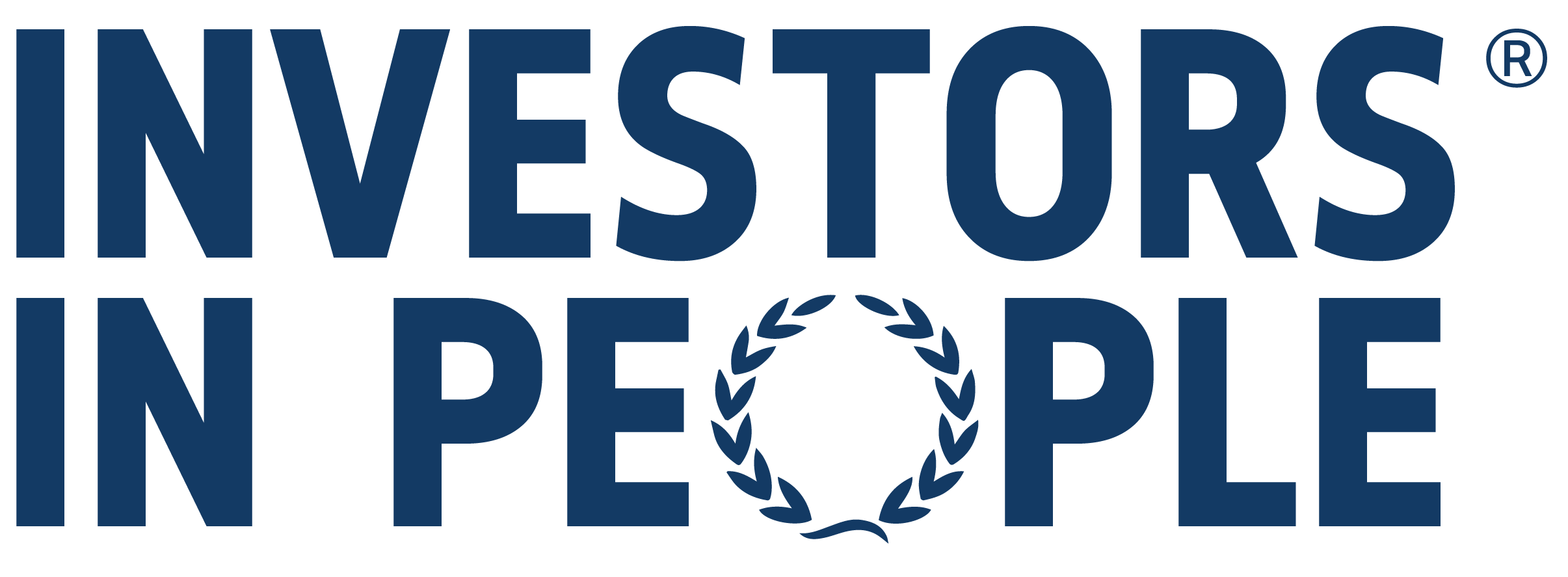Every day, every part of your organisation – including its employees – are subject to change. There’s a strong argument that this change is faster and more frequent than ever before. Many organisations also embark on transformational change projects, which are increasingly common in our digitally-enabled world. All this change requires effective change management. What’s your first step? You need to avoid the four most destructive myths that undermine change management.
1. Resistance needs to be met head on
Organisations often meet resistance head-on, either out of belief that this is the best way to overcome resistance or out of fear that unless the resistance is tackled quickly, money invested to date will have been wasted. This may be more likely when change is out of economic necessity rather than as a value-add.
And yet people experiencing fear and uncertainty – the root causes of resistance – do not respond well to shows of strength. Guiding people through change, ensuring they understand what it means for them and their future, bringing the positive benefits to life and ensuring the job security angle is tackled is a better strategy to sustainably deal with resistance.
In his excellent paper on change management myths, Michael Jarrett at the University of London suggests a further negative consequence of meeting resistance with a strong hand is that moderate staff, who may be unphased by the change, become more resistant due to the negative experiences of their more-resistant colleagues.
Meeting resistance head-on – as an organisational strategy – tends to coincide with significant transformation projects. And yet it’s important to remember that resistance, like change, is a daily occurrence at work. Line managers in particular should be trained to recognise the signs of resistance and to tackle them progressively.
2. The ‘people side’ is a compartmentalised activity
Change projects often follow well-known structures, with specific roles and specific responsibilities allocated. Often the ‘softer side’ – dealing with people – is compartmentalised to an individual or a group, with the implicit message that other team members need not concern themselves with this part of the project.
This is not true for two reasons: firstly, change is about adding value to the organisation and minimising risk and since the softer side of change holds significant opportunity and risk, it needs to be everyone’s business. Secondly, issues from the ‘people side’ crop up where they are least expected and it doesn’t work to simply defer these to other people to tackle as and when they can.
Outside of specific change management initiatives, anyone who works in organisations should consider themselves responsible for the people side of change. This is particularly true of line managers, who must help employees manage change on a daily basis and cannot ignore the soft side of change when, for example, unveiling changes in team structure.
3. A communication plan will tackle the people side of things
Most change projects include a communication plan, which is a high-level document detailing when messages should be sent out, the medium used and what the message should convey. The best communication plans cascade global messages down to a reasonable lowest-common denominator depending on the size of the organisation, for example teams or departments.
While communication plans help maintain alignment and help messages reach all corners of the organisation, they are not sufficient to ensure the softer side of change is managed efficiently. Firstly, they struggle to allow for responses to the communications: these responses are hard to predict, particularly on the individual level, meaning you need local resources on the ground ready to follow-up on messages sent as part of the communication plan.
Secondly, they imply an order to change management that breaks down due to the nature of change and organisational life. Messages scheduled to be sent on Tuesday may be too late to help assuage concern built-up from a message sent on Friday. The unpredictability of change management means that it’s far better to align project members on messaging and training and allow them to get involved locally in the softer side of change. Ultimately communication plans are good guiding documents but they are not a silver bullet.
4. Change can be managed from afar
Oftentimes organisations think that change agents and champions should be hidden during periods of change, so that employees can ‘get accustomed’ to the new ways of doing things without distractions. But a 2009 study found that active and visible participation of the project sponsor was the most important factor to successful change, over and above communication.
The point made above that everyone is responsible for the softer side of change goes double for the project sponsor, who will by the nature of their position be subject to the most oversight by employees. An interesting point is that who the project sponsor is may not be immediately obvious to staff: making it clear who this person is and making them visible and focused on the human side of change is important.
Of course, the project sponsor may not be one person. In large organisations there may be a single global sponsor with local sponsors on the ground. Alignment is important in these situations: the flipside of having project sponsors on the ground is that they regularly engage with employees and must ensure that what is communicated or promised can be delivered.
Outside of transformational change projects, there is a wider point about visibility in the VUCA world. Uncertainty is the cousin of change, and where there is uncertainty, visibility is very important: line managers and all leaders must make sure they are available and visible throughout the working day so that anyone with concerns over the change that occurs in everyday working life has a clear outlet for discussing these concerns.
Involved in a change project and trying to make it run as smoothly and effectively as possible? Read our article on the top six traits of a change agent to get some key tips.







